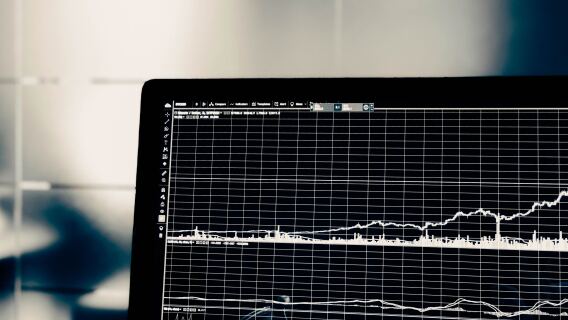Trading volume reflects the overall activity of the market, indicating the sheer amount of buying and selling of securities. Next to price, it is one of the most closely watched indicators. So, what does volume mean in stocks? Specifically, trading volume represents the total number of stock shares, bonds, or commodities futures contracts traded during a certain period of time.
The simplest use of volume is just to confirm advances and declines. When a stock is making good progress in price terms, it’s good to see that volume is also up. It confirms that lots of buyers want in. Similarly, when a stock is declining, a parallel increase in selling volume lets you know that sellers are in control.
The major exchanges report trading volume figures on a daily basis, both for individual issues trading and for the total amount of trades executed on the exchange.
Trading volume indicates market liquidity and the supply and demand for securities. Trading volume can verify that the stock is liquid enough to allow you to trade in and out of it with confidence. Stocks with low trading volume (and low prices, as well) can be very volatile, often enticing you with rip-roaring advances that make your mouth water. But beware! Trading low-volume stocks requires special handling, and you may have to execute trades over multiple days at varying prices.
[text_ad]
Trading volume also reflects pricing momentum. When stock market activity—i.e., volume—is low, investors anticipate slower-moving (or declining) prices.
High volume, on the other hand, is a sign of high activity in a security. When coupled with high volume:
Rising prices show that the market sentiment towards a stock is positive, which is critical for establishing a new uptrend.
Declining prices indicate negative market sentiment or capitulation. You’ll often find this around news that changes the fundamental “story” of a stock.
Flat or range-bound prices are a sign of uncertainty and expectations. In this scenario, the market may anticipate big price movements without knowing what direction a stock will go. You’ll frequently find this kind of activity ahead of earnings, clinical trial results, or other events that can define a stock’s character for weeks, quarters, or even years ahead.
Certain types of investors who subscribe to the “technical analysis” school of thought place enormous importance on the amount of volume behind a stock’s move. In fact, due to the nature of technical analysis, any technical indicator uses some combination of only three variables: price, volume and time.
Significant volume along with either upside or downside price movement is a good measure of market sentiment. And sustained volume, over a number of days, is a good marker of institutional participation. Hedge funds and large investors often require days to accumulate shares, so persistent high volume along with positive movement in price is a strong bullish signal.
So, what does volume mean in stocks? Let’s summarize. If you’re an investor, price is the most important signal for your stock, but the volume behind that price is a close second.
Does this answer your question, what does volume mean in stocks? What other questions do you have? Let us know below.
